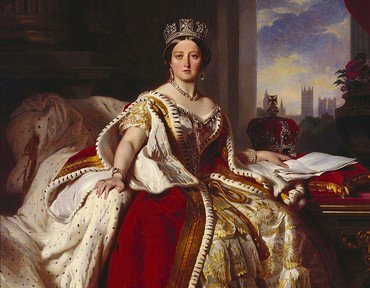Quiz Answer Key and Fun Facts
1. When he was 19, Edward became the first Prince of Wales to tour North America, when he visited Canada and the United States. During the trip, he stayed at the White House as the guest of which US president?
2. In 1861, Edward was confronted by his parents after they had been made aware of his liaison with the actress Nellie Clifden during his period serving with which regiment of the British Army?
3. In March 1863, Edward married Princess Alexandra of Denmark. At which venue did the wedding take place?
4. Following their marriage, Edward and Alexandra moved into which building as their main residence in London?
5. In the winter of 1871, Edward became seriously ill, with many fearing that he may not survive. By which disease was he struck?
6. Edward was an enthusiastic fan of horse racing, and was a successful owner of racehorses. Which of his horses won him the Triple Crown of the Derby, the St Leger and the 2000 Guineas?
7. Just prior to his coronation, Edward had to undergo an emergency operation as a result of being struck by which condition?
8. Edward came to be known as the "Uncle of Europe", as he was related, either by blood or marriage, to almost every other European monarch. Three of his nephews were crowned heads in their own right - Kaiser Wilhelm II of Germany and Tsar Nicholas II of Russia were two, but of which country was the third of his nephews the monarch?
9. In 1908, Edward became the first British monarch to appoint a Prime Minister while away from the United Kingdom. Where was he staying when he appointed H.H. Asquith?
10. On 6 May 1910, having suffered several heart attacks during the day, Edward died. His last coherent words were to express satisfaction, having heard that one of his horses had won at which racecourse?
Source: Author
Red_John
This quiz was reviewed by FunTrivia editor
ponycargirl before going online.
Any errors found in FunTrivia content are routinely corrected through our feedback system.
